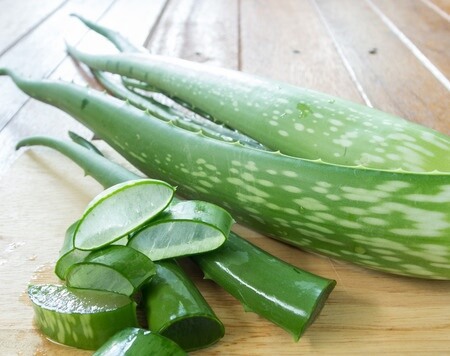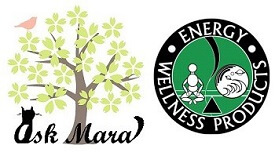You might have seen it gel or liquid form. Aloe vera is versatile and associated with 500 species of flowering succulent plants. Many of its types are native to North Africa and enjoy popularity around the world as a safe and cost-effective, plant-based remedy. 
It seems the secret is out. Aloe vera has been more closely studied in recent years for its potential health benefits, especially as an alternative to conventional products in a medical setting. Here, we look at a few of the use cases and some of the supporting findings and research for aloe vera supplements.
Aloe Vera Benefits
1. Healthy teeth and gums
Could this product mean a healthier smile? Perhaps. A study published in General Dentistry reported that Aloe vera has decay-fighting properties. When compared to a conventional toothpaste, researchers found that the gel was just as effective or even better.
2. Antioxidant and possible antimicrobial properties
Aloe vera may show promising results on minor cuts, due to its antimicrobial and antioxidant properties. For example, researchers in Spain published a study in the journal Molecules. The scientists determined that both the flower and leaf extracts had antioxidant properties. This means that it could decrease the likelihood of a skin infection.
More Skin Benefits
3. Wounds from second-degree burns
Aloe vera may offer benefits to skin on a deeper level. Consider the fact that a team of plastic surgeons compared Aloe vera gel to silver cream for the treatment of second-degree burn wounds. They found that the patients treated with this healed significantly quicker. They also experienced more and earlier pain relief, compared to those who were administered the conventional cream.
4. Acne
Another study involving 18 patients suffering from acne vulgaris — the kind caused by excess oil production — showed promising results. The subjects’ faces were divided in half. One side was treated with a standard polyethylene oxide gel wound dressing, while the other was provided with a polyethylene oxide dressing saturated with aloe vera. The results indicated that aloe might help to keep teenage acne under control. By the fifth day, their blemishes had healed by 90% on the aloe side compared with 40-50% on the control side.
It should be mentioned that there have been other studies conducted on animals, but those are harder to translate into potential human results. The scientific community is in agreement that additional research on humans is merited, as aloe vera may be a viable alternative to expensive creams and treatments. In the meantime, we’re celebrating this plant and its potential!
